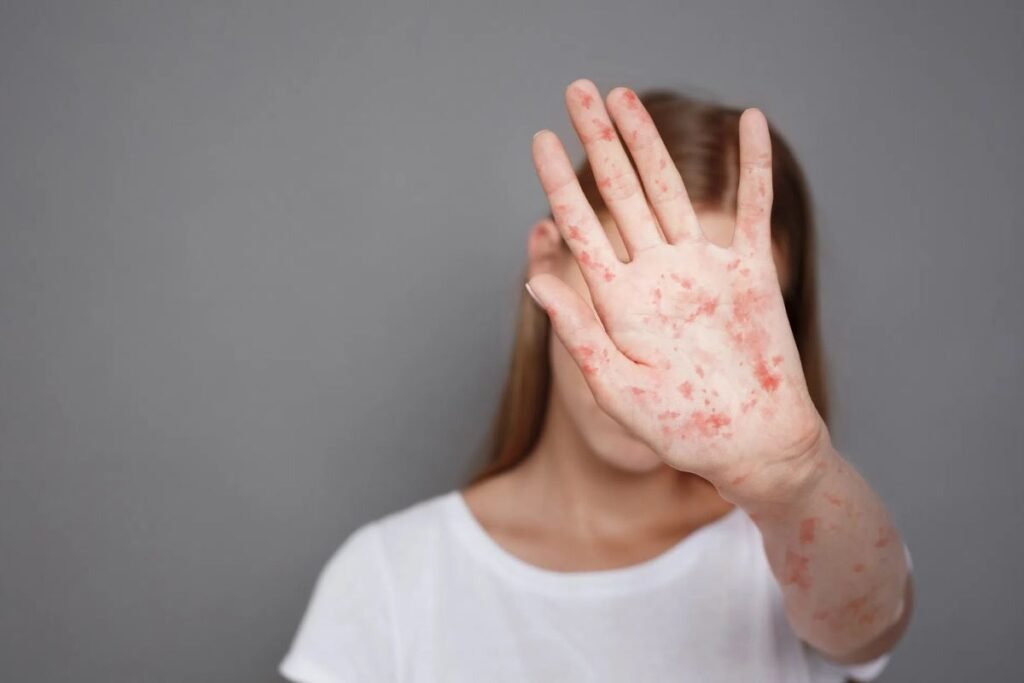The Idaho Panhandle Health District (PHD) has confirmed the region’s first measles case in more than three decades. Officials say the infection was identified in an unvaccinated child living in Kootenai County, marking the first measles case in the northern Panhandle since 1991 and the first in any Idaho resident since 2023.
Health officials are investigating how the child contracted the virus and have begun notifying locations the child visited while contagious. “We are working to determine possible sources of exposure and to alert anyone who may have been in close contact,” said Dr. Christine Hahn, Idaho’s state epidemiologist.
Contact Tracing and Concerns Over Spread
The health district has launched an extensive contact tracing process, starting with interviews with the child’s family to identify recent activities and public places visited. Dr. Hahn noted that tracing potential exposures involves looking beyond immediate family and friends. “Where else has that person been, at a sporting event, church, or school?” she said.
The confirmed case comes just a week after measles was detected in Coeur d’Alene’s wastewater supply, raising concerns of possible undetected infections. “One person doesn’t get it from nowhere,” Hahn said. “There probably is or was someone else with measles.”
Hahn expressed concern about the potential return of regular measles circulation in the United States. “In 2025, we’re starting to worry this isn’t going away. Are we returning to the days where measles is just circulating here?”
Vaccination Rates Below National Targets
Measles Case, a highly contagious virus, spreads through the air when an infected person breathes, coughs, or sneezes. The virus can remain airborne for up to two hours after the infected person leaves an area. While many recover without complications, measles can lead to pneumonia, encephalitis, and death, particularly in young children and those with weakened immune systems.
Dr. Hahn stressed that the MMR (measles, mumps, and rubella) vaccine remains the most effective defense, with two doses typically providing lifelong protection. “We urge people to take this seriously, check your child’s records and your own,” she said.
Idaho’s vaccination rates lag behind the national average in key areas. While most babies in the state receive their first MMR dose, Idaho has the nation’s highest rate of immunization exemptions among kindergarten-aged children. Only 78% of children have documented immunity through two doses, leaving 22% potentially under-vaccinated or unprotected.
“The difficult part is we don’t know if those exempted children have one dose, no doses, or other immunity,” Hahn said.
Public Guidance and Prevention
Panhandle Health District advises residents to verify their family’s vaccination records with a healthcare provider. A person is considered immune if they were born before January 1, 1957, have laboratory-confirmed measles in the past, or have documented proof of receiving two MMR doses.
In the United States, children typically receive their first MMR shot between 12 and 15 months of age and a second between 4 and 6 years. In certain cases—such as international travel or during local outbreaks—the vaccine can be administered as early as 6 months.
Symptoms of measles generally appear 7 to 14 days after exposure and include high fever, cough, runny nose, red eyes, and a distinctive rash. Anyone who believes they may have been exposed should contact a healthcare provider before visiting a clinic or hospital to prevent further spread.
Dr. Hahn emphasized that quick action can limit community transmission. “Vaccination is our best tool. Two doses protect nearly everyone for life, and that’s what will stop measles from gaining a foothold again,” she said.
Also Read :- Measles Resurgence Pushes U.S. Toward Record High: New States Grapple with Outbreaks









